The ISL99380FRZ is a high – performance integrated circuit designed for specific applications in the field of power management and sensor interface. It is produced by Renesas Electronics (formerly Intersil), known for its quality semiconductor solutions. This chip combines multiple functions to provide a comprehensive solution for systems that require precise power control and sensor – based monitoring.
2. Power Management Functions
2.1 Buck – Boost Converter
- The ISL99380FRZ incorporates a buck – boost converter. This type of converter is capable of operating in different modes to adjust the output voltage based on the input voltage and load requirements. When the input voltage is higher than the output voltage, it operates in buck mode, stepping down the voltage. Conversely, when the input voltage is lower than the output voltage, it switches to boost mode, increasing the voltage. This versatility makes it suitable for applications where the input voltage source may vary, such as in battery – powered devices. For example, in a portable medical device, the battery voltage decreases as it discharges. The buck – boost converter in the ISL99380FRZ can maintain a stable output voltage for the device’s circuitry, ensuring continuous and reliable operation.
2.2 High – Efficiency Power Conversion
- It is designed to achieve high power conversion efficiency. The internal circuitry of the chip is optimized to minimize power losses during the conversion process. High efficiency is crucial as it reduces heat generation, which in turn improves the overall reliability of the system and extends the battery life in battery – powered applications. By minimizing power losses, more of the input power is effectively converted into useful output power for the load.
2.3 Adjustable Output Voltage
- The output voltage of the ISL99380FRZ is adjustable. This feature allows system designers to set the output voltage according to the specific requirements of the connected load. It can be programmed to provide a wide range of output voltages, typically through external resistors or digital control interfaces. For instance, in a multi – voltage – rail system, different components may require different supply voltages. The ISL99380FRZ can be configured to supply the appropriate voltage to each component, enabling efficient power distribution within the system.
3. Sensor Interface and Signal Conditioning
3.1 Multiple Sensor Inputs
- The chip is equipped with multiple sensor inputs. It can interface with various types of sensors, such as light sensors, temperature sensors, and ambient light sensors. These inputs are designed to be compatible with the output signals of different sensors, allowing for seamless integration into sensor – based systems. For example, in an intelligent lighting system, a light sensor can be connected to the ISL99380FRZ. The chip can then receive the sensor’s output signal, which represents the ambient light level.
3.2 Signal Conditioning
- Once the sensor signals are received, the ISL99380FRZ performs signal conditioning. This includes functions such as amplification, filtering, and analog – to – digital conversion. For a weak signal from a sensor, the chip can amplify it to a suitable level for further processing. It can also filter out unwanted noise from the sensor signal to improve the signal – to – noise ratio. Additionally, if the system requires digital processing, the chip can convert the analog sensor signal into a digital format. In a temperature – monitoring application, the chip can amplify the small voltage change from a thermistor (temperature sensor), filter out electrical noise, and convert the analog signal into a digital value that can be easily processed by a microcontroller.
3.3 Sensor Data Processing
- The ISL99380FRZ can perform basic sensor data processing. It can analyze the sensor data and make decisions based on pre – programmed thresholds. For example, in an ambient light – controlled system, if the light sensor data indicates that the ambient light level has dropped below a certain threshold, the chip can trigger an action, such as increasing the brightness of an LED light source. This built – in data processing capability reduces the computational burden on the main microcontroller in the system, allowing for more efficient overall operation.
4. Communication Interfaces
4.1 I²C Interface
- The chip features an I²C (Inter – Integrated Circuit) interface. This interface is a widely used two – wire serial communication protocol. The I²C interface on the ISL99380FRZ enables it to communicate with other devices in the system, such as microcontrollers or other sensors. It can transmit sensor data, receive configuration commands, and exchange status information. For example, a microcontroller can use the I²C interface to read the temperature data from the ISL99380FRZ when it is connected to a temperature sensor. At the same time, the microcontroller can send commands to the chip to adjust its power management settings or sensor – related parameters.
4.2 Other Optional Interfaces
- In addition to the I²C interface, depending on the specific version or configuration, the ISL99380FRZ may support other communication interfaces, such as SPI (Serial Peripheral Interface). The SPI interface offers a high – speed serial communication option, which can be useful in applications where fast data transfer between the chip and other components is required. This provides flexibility for system designers to choose the most suitable communication interface based on the overall system architecture and performance requirements.
5. Protection and Monitoring Features
5.1 Over – Voltage Protection
- The ISL99380FRZ has built – in over – voltage protection. It continuously monitors the input and output voltages. If the voltage exceeds a pre – defined safe limit, the protection circuit will activate. This can prevent damage to the chip and the connected components. In the case of a power – supply voltage spike, the over – voltage protection in the ISL99380FRZ can quickly take action, such as shutting down the power converter or reducing the output voltage to a safe level.
5.2 Over – Current Protection
- It also includes over – current protection. Each output channel of the power converter in the chip is monitored for current. If the current drawn by the load exceeds the rated value, the over – current protection circuit will limit the current or disconnect the load to prevent overheating and damage to the chip. This is important in applications where the load may draw excessive current due to a short – circuit or malfunction.
5.3 Thermal Monitoring and Protection
- The chip has a thermal monitoring function. It measures its own internal temperature. When the temperature rises above a certain threshold, thermal protection mechanisms are activated. This may involve reducing the power output of the converter, increasing the fan speed if there is a cooling fan in the system, or shutting down the chip to prevent thermal runaway. Thermal protection ensures the long – term reliability of the chip, especially in applications where high power dissipation is expected.


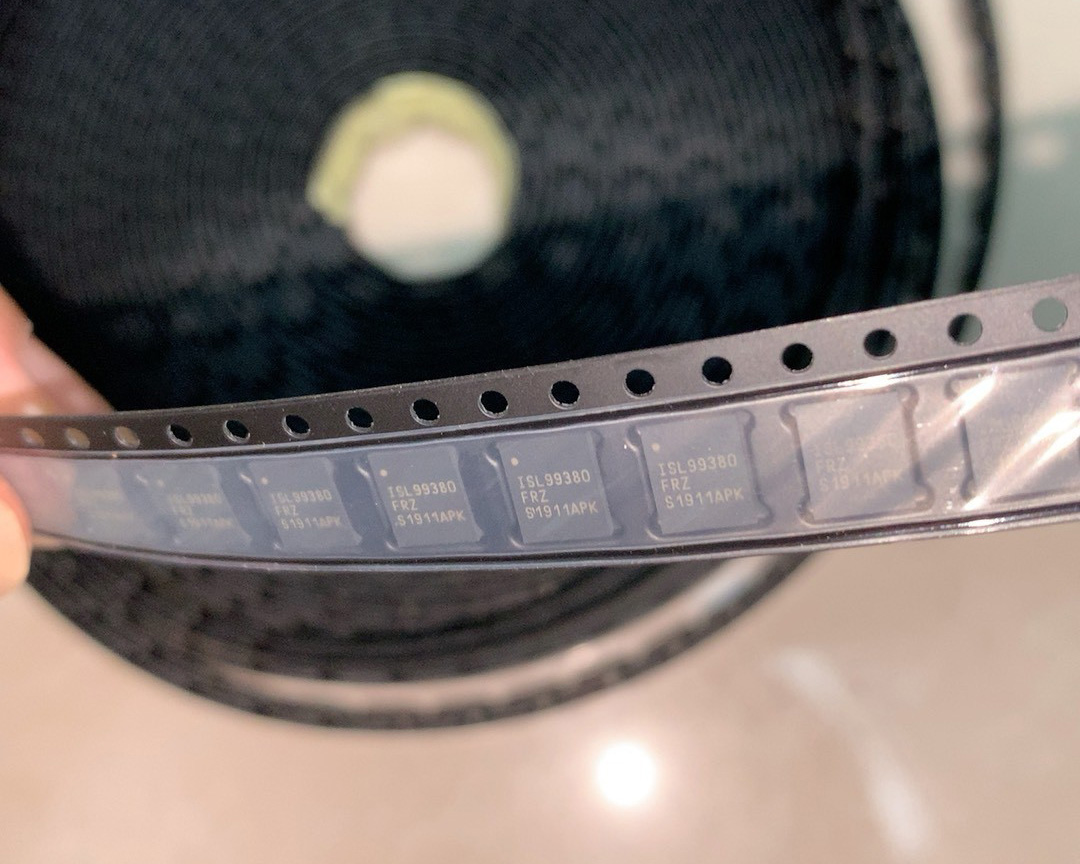
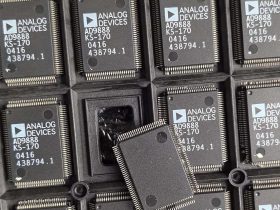


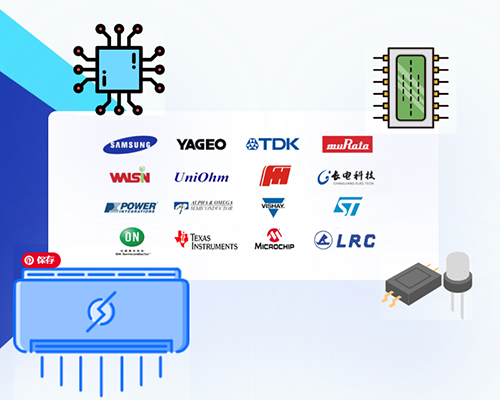

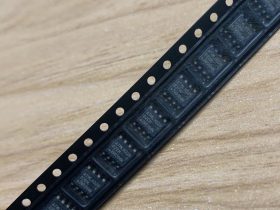
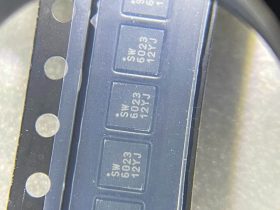
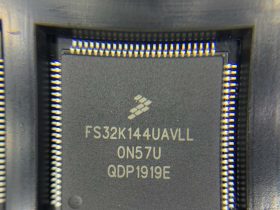
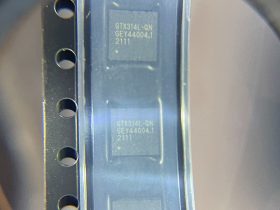
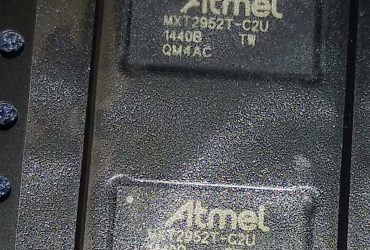
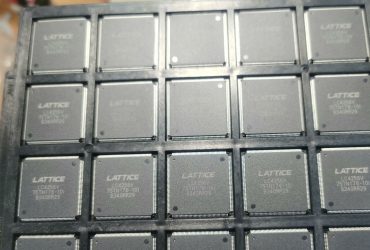
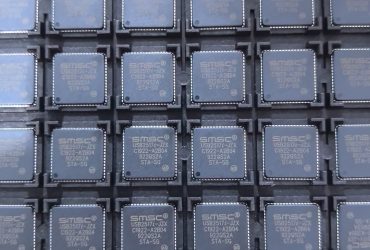
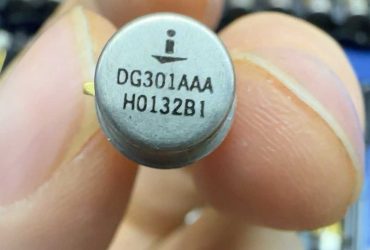
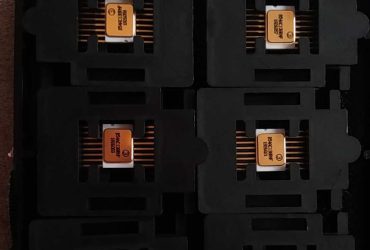
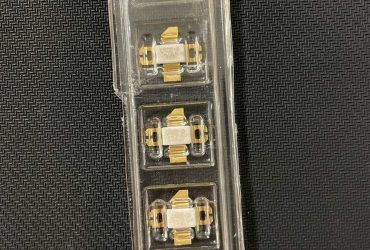
Leave a Reply